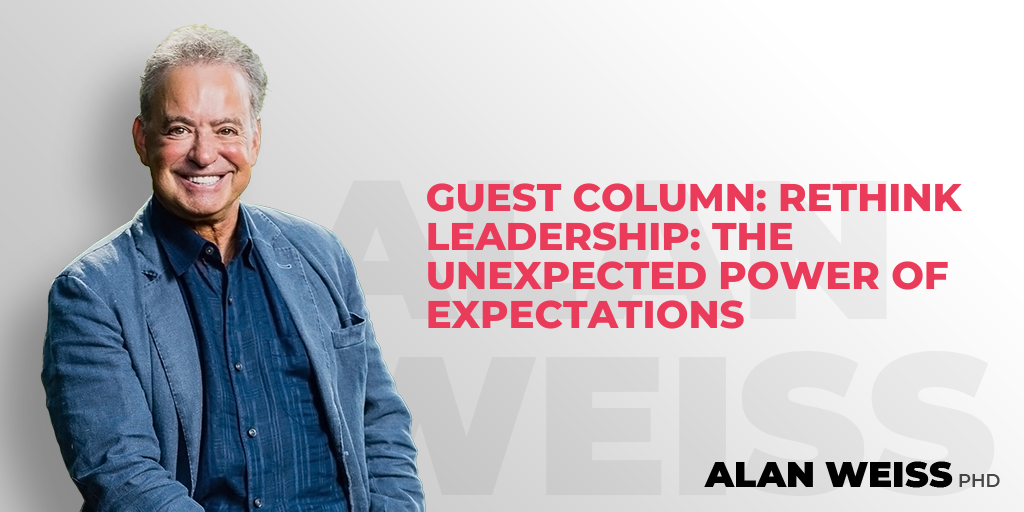
Guest Column: The Right Cite—Ignore at Your Peril
The Right Cite: Ignore at Your Peril
Linda Popky
Claudine Gay recently resigned as president of Harvard College. Her short tenure was tumultuous, with a disastrous appearance before Congress to address allegations of antisemitism on campus.
It turns out that wasn’t her only problem. Gay was accused of plagiarism not once or twice but nearly 40 times, for not properly citing sources in her scholarly research. Plagiarism is a serious offense that would likely result in expulsion for a student, so it was surprising to see this kind of pattern in a tenured faculty member, let alone one who became the senior leader of an elite American university.
But you don’t need to be the president of Harvard to take citing references seriously. With the upsurge in AI tools and bots crawling the web, it’s fairly simple for someone to uncover these type of issues—even for a book or article that isn’t widely circulated or hasn’t made the best-seller list.
I’ve now written, edited, or produced more than 40 nonfiction books for authors—mainly on business topics or social issues. By far, the most common editorial comment I make in just about every manuscript I read is this: Reference needed here. And here. And here.
There are two key reasons why it’s critical every author properly cite sources. The first is because, yes, this is legally correct. But the second is because you gain credibility when you cite research or definitions that come from a recognized, respected source—rather than include a statistic that appears to be made up or arbitrary.
According to the Chicago Manual of Style Seventeenth Edition (CMS 17), the fair use doctrine “allows authors to quote from other authors’ work or to reproduce small amounts of graphic or pictorial material for purposes of criticism or to illustrate or buttress their own points. Authors invoking fair use should transcribe accurately and give credit to their sources.”[1]
So when do you need to cite sources?
- Any time you are referring to work that is not yours, such as studies, research, or reports (as I have in this post).
- Any time you are quoting someone else.
- Anytime you are extensively paraphrasing.
- Any time you are including a definition (unless your name is Merriam-Webster, or Oxford English Dictionary!).
- When you are referring to your own published work. In this case, plagiarism is not the issue, but you build expert credibility and social proof by referring to your own previously published work in this field of study.
Many authors are intimidated by the citation process. Don’t be. The best way to approach this is to simply capture the source for any third party content as you write. Don’t worry about formatting. Just be sure to note where the information in question came from, including a URL and date accessed if you’re quoting from a website.
This doesn’t have to be complicated. CMS 17 goes on to say, “Nothing elaborate is required; a standard footnote will suffice, or (in the case of a graph or table, for example) a simple legend that says ‘Source: [author, title, and date of earlier work].’ ”[2]
Unfortunately, the automated tools available to help authors generate citations are still not very good. So hire a good editor to review your work and ensure you have properly cited and attributed all sources. (Please don’t rely on ChatGPT, which often “hallucinates” and makes up “facts” out of thin air—a different problem that you don’t need.) A good proofreader will correct any formatting errors in your citations—just get the basic information down and your editorial team will fix the details.
And who knows? Maybe someday you and your work will be in the national spotlight. Cite right when you write and you’ll have a lot less explaining to do when the whole world is watching.
© Linda Popky 2024
Linda Popky is a strategic marketing expert who helps authors get heard above the noise in the marketplace by transforming their creative content into compelling, attractive published formats. You can reach her at [email protected].
[1] “Overview of the legal doctrine of fair use,” Chicago Manual of Style Seventeenth Edition: The Essential Guide For Writers, Editors, and Publishers (Chicago, IL: University of Chicago Press, 2017), 210.
[2] “Importance of attribution,” Chicago Manual of Style Seventeenth Edition: The Essential Guide For Writers, Editors, and Publishers (Chicago, IL: University of Chicago Press, 2017), 213.





